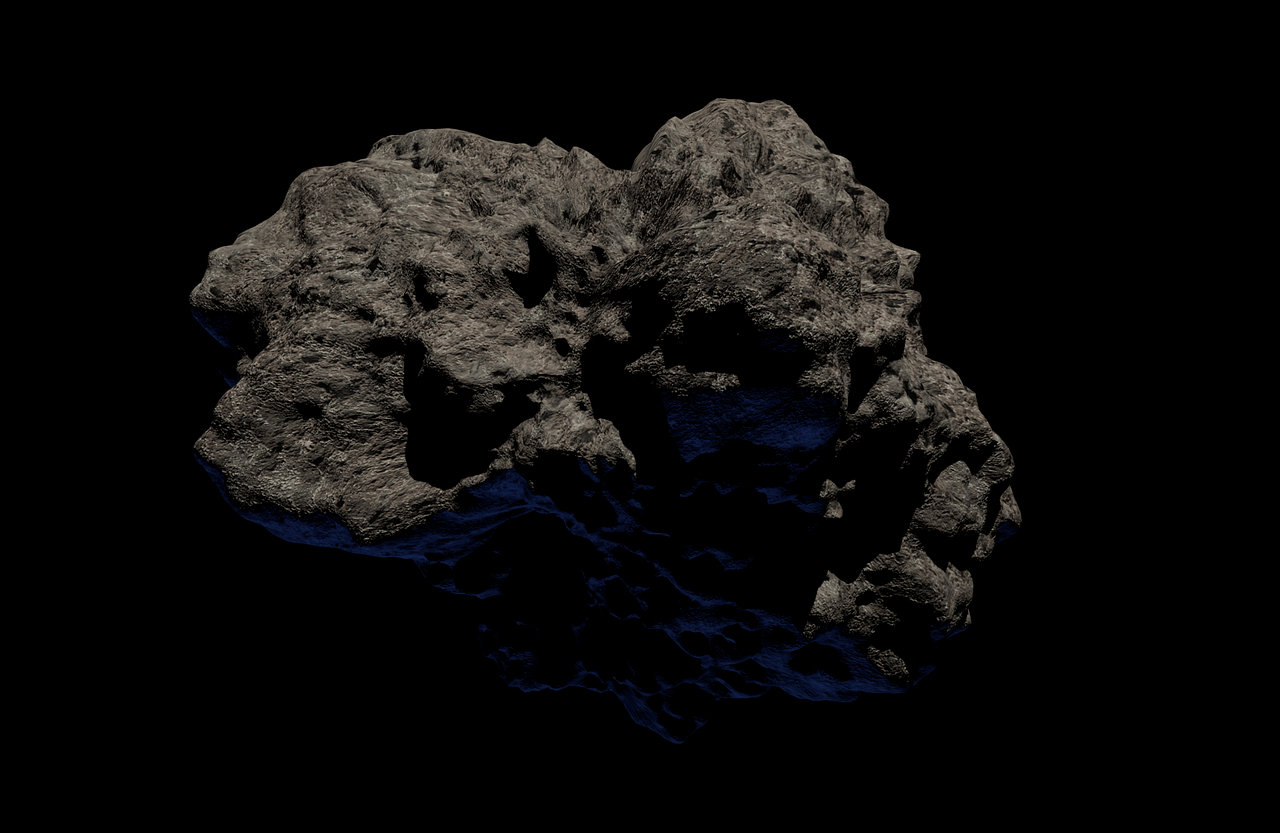Science
Scientists continue to find ways to protect Earth from asteroids

The potential hazard of asteroids at the beginning of the 20th century revealed what damage even a small-sized asteroid could cause if it hit the Earth. (Pixabay photo)
ANKARA – Scientists continue to draw attention to the importance of closely monitoring and understanding near-Earth asteroids with the aim of reducing the possibility of collisions that could cause great damage to life and the natural environment, as in the extinction of dinosaurs in the past.
Studies continue unabated on asteroids, which are leftovers from the formation of our solar system about 4.6 billion years ago and have the potential to hit the Earth.
In December 2016, the UN General Assembly adopted a resolution declaring June 30 International Asteroid Day, which aims to raise public awareness about the asteroid impact hazard and to inform the public about the crisis communication actions to be taken at the global level in case of a credible near-Earth object threat, according to the UN’s website.
Smaller than planets, most of the asteroids in the solar system are located in the asteroid belt roughly between the orbits of Jupiter and Mars. But some of them can leave orbit and be thrown into the inner solar system and even enter the Earth’s orbit.
DART: Spacecraft intended to intentionally collide with asteroid
In November last year, the National Aeronautics and Space Administration (NASA), the US space agency, began its first test mission of a planetary defense system by launching a spacecraft that is intended to strike an asteroid with the hopes of causing a measurable change in its trajectory.
The Double Asteroid Redirection Test (DART) was launched aboard a SpaceX rocket from Vandenberg Space Force Base in central California.
The spacecraft is intended to intentionally collide with an asteroid at such a speed that it will change the asteroid’s rotation speed and direction of motion by a level that is measurable by land-based telescopes.
The spacecraft will cruise for about one year until it reaches its target — a pair of asteroids known as Didymos — and will crash into the smaller one, Dimorphos, at nearly 15,000 miles (24,140 kilometers) per hour, or four miles (six kilometers) per second. NASA stresses that the mission is just a test and that the asteroids are not a threat to Earth.
It is expected to reach Didymos between Sept. 26 and Oct. 1, 2022.
NASA’s Psyche mission
According to NASA’s official website, the Psyche mission is a journey to a unique metal-rich asteroid orbiting the Sun between Mars and Jupiter.
With a wealth of precious metals such as gold, platinum, nickel, copper, cobalt, iridium and radium, the asteroid Psyche was discovered in 1852.
The importance of the mission is that Psyche offers a unique window into the violent history of collisions and accretion that created terrestrial planets.
NASA has halted its planned 2022 launch attempt of the Psyche asteroid mission due to the late delivery of the spacecraft’s flight software and testing equipment.
The mission aims to explore the asteroid in detail for the first time. Experts predict that the mission will extend to 2023 or 2024 and the vehicle will arrive on Psyche in 2029 or 2030.
Potential hazard of asteroids
The potential hazard of asteroids at the beginning of the 20th century revealed what damage even a small-sized asteroid could cause if it hit the Earth.
Recorded as the most significant asteroid impact in recent Earth history, on June 30, 1908, an asteroid 40 meters (131 feet) in diameter crashed into the Tunguska region of Siberia, destroying a forest the size of a large city.
In the resulting fires, 2,000 kilometers (1,242 miles) of forest area in the East Siberian taiga were destroyed.
The event inspired the adoption of June 30 as International Asteroid Day by the UN in 2016.





















